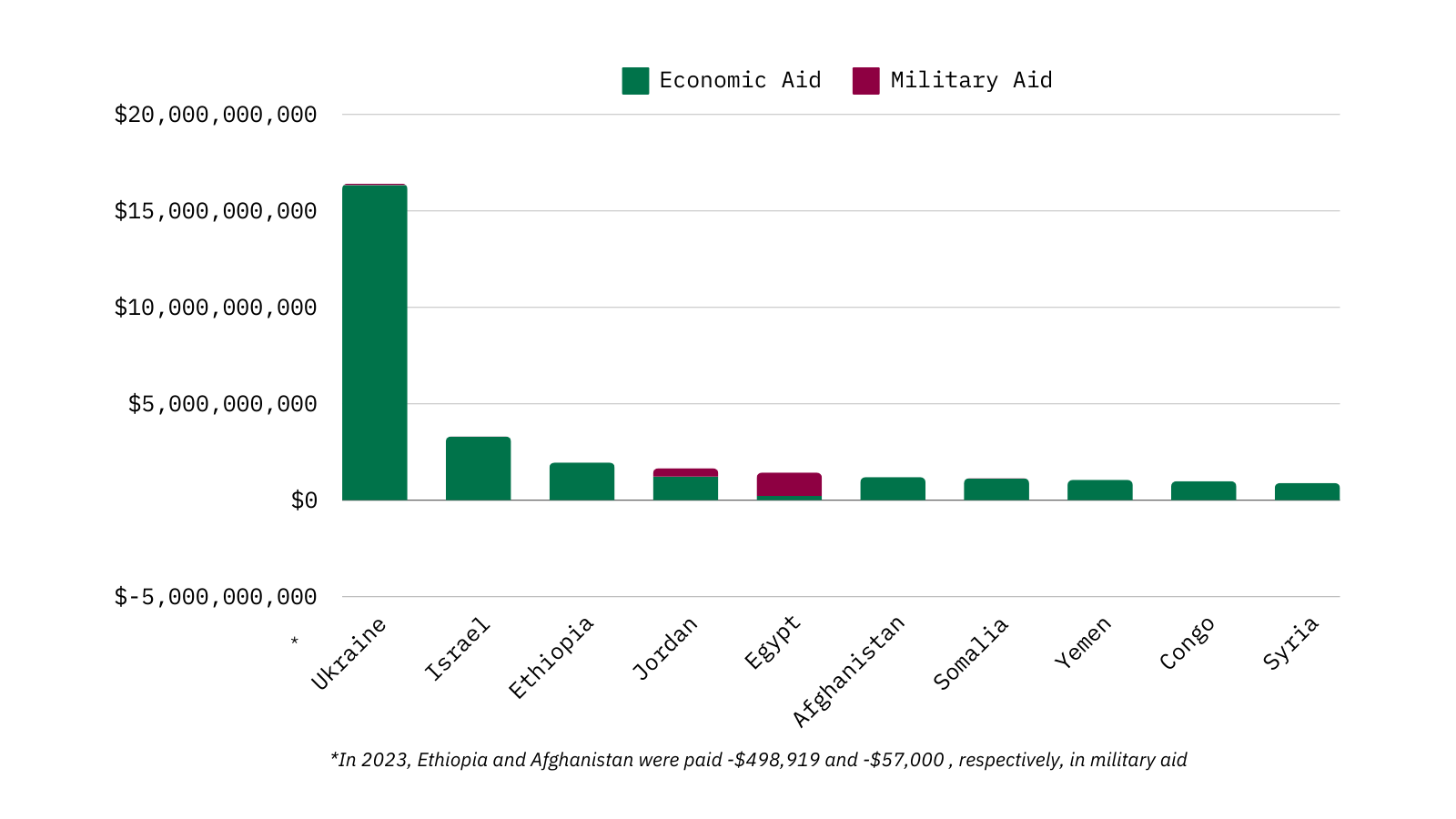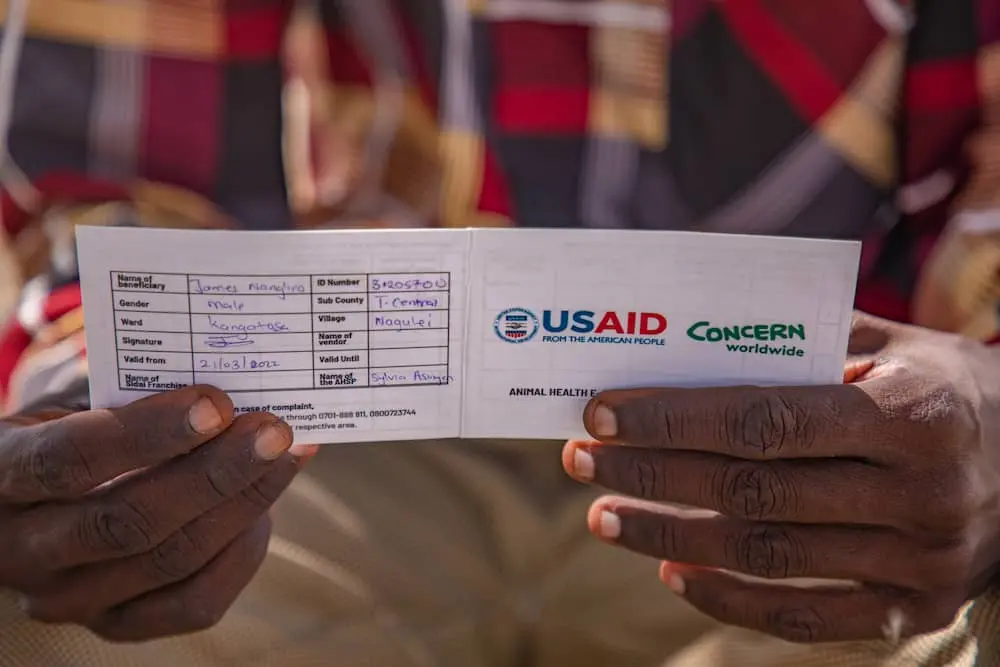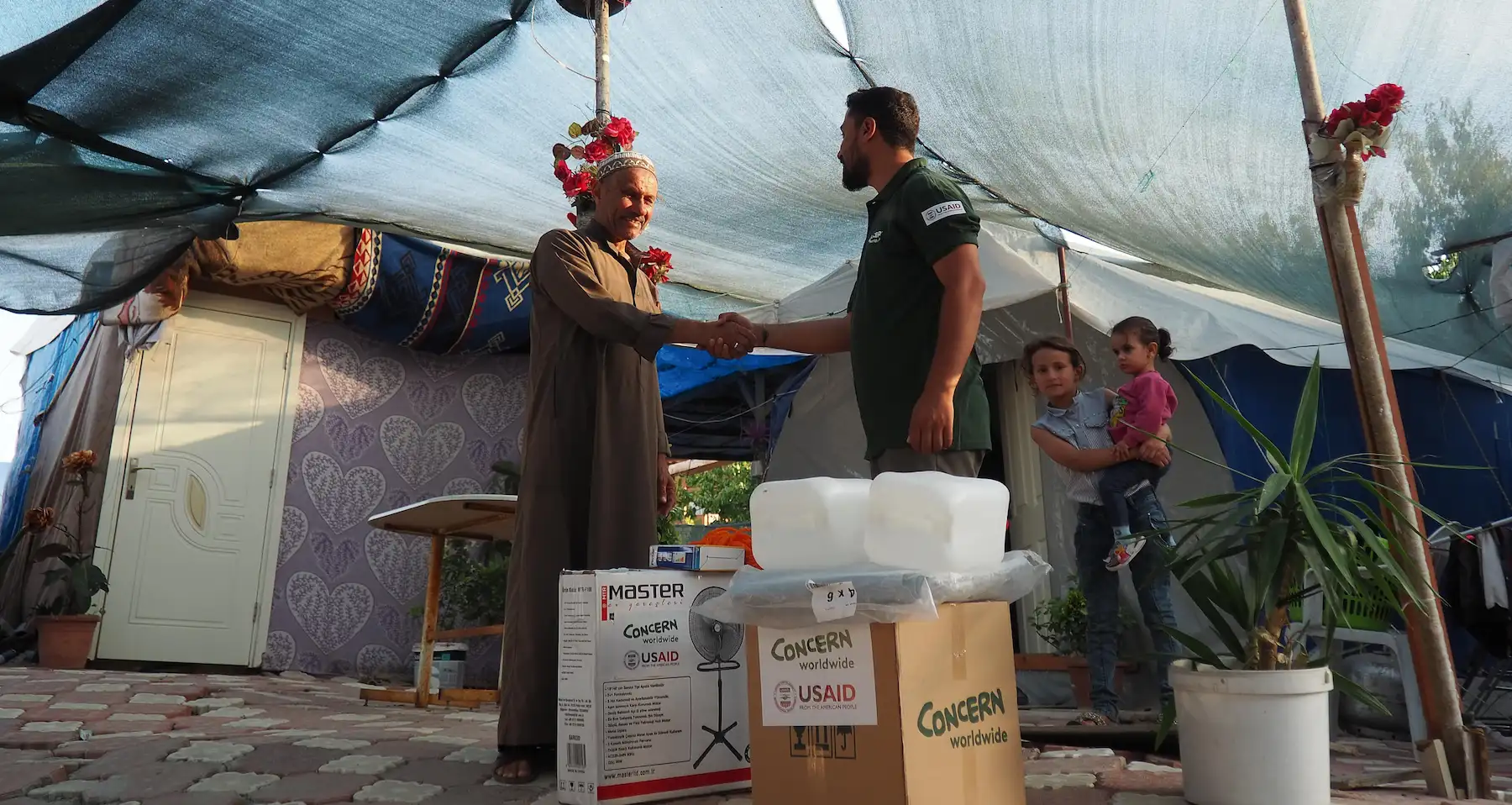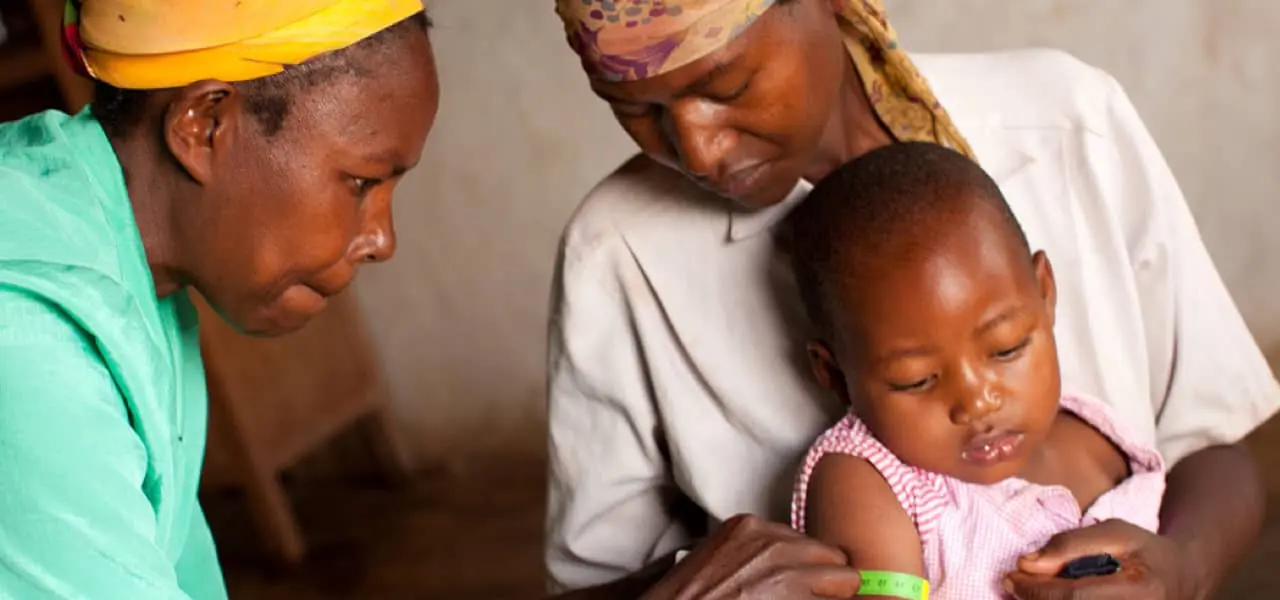Updated for 2024, here’s where US foreign aid is going — and how it’s being used.
Despite its strong association with the federal budget, foreign aid isn’t just money. It’s anything that one country donates or provides for the benefit of another country. This can be money. However, foreign aid can also include goods, such as food or technical support. Most American foreign aid funds go through the US Agency for International Development (USAID), a semi-independent agency that manages the lion’s share of America’s development and humanitarian aid.
We’ve previously explained foreign aid, and covered some popular foreign aid myths and facts. Let’s take a look at who receives the most foreign aid, and how the US is contributing to much-needed development and humanitarian activities around the world. Broadly speaking, the US government classifies foreign as one of two categories: military aid and economic aid.
The foreign aid budget goes through several phases, beginning with the president’s budget request, and continuing through the appropriation and planning phase, obligations, and, finally, disbursements. Reporting these numbers can take some time, so we’ll look at what was actually paid out in 2023, and what the president has requested in funding for 2024.
Where we gave the most foreign aid in 2023

In 2023, the United States spent nearly $61 billion on foreign aid. Fully half of that budget has gone to just ten countries:
- Ukraine ($16.4 billion)
- Israel ($3.3 billion)
- Ethiopia ($1.95 billion)
- Jordan ($1.65 billion)
- Egypt ($1.43 billion)
- Afghanistan ($1.19 billion)
- Somalia ($1.13 billion)
- Yemen ($1.05 billion)
- Congo ($987 million)
- Syria ($896 million)
Where we’re budgeting the most foreign aid in 2024

The 2024 foreign aid budget was released in February, 2024. Many of these numbers can change—for example, in 2023, just under $775 million was budgeted for Syria. However, the actual disbursements increased by $121 million (in part due to the earthquake that hit Syria and Türkiye). That said, the proposed budget for 2024 is a little over $50 billion, roughly 17% less than 2023, with 20% of that budget requested for just ten countries:
- Israel ($3.3 billion)
- Jordan ($1,45 billion)
- Egypt ($1,43 billion)
- Ukraine ($774 million)
- Nigeria ($625 million)
- Mozambique ($564 million)
- Uganda ($562 million)
- Tanzania ($561 million)
- Kenya ($514 million)
- Zambia ($507 million)

How are countries spending foreign assistance?
What countries do with their foreign assistance from the United States depends on what the aid is earmarked for.
For example, 25% of Jordan’s funding in 2023 was designated for military assistance. This can include a broad range of programming, from counter-terror operations to strengthening legal and judicial systems.
On the other end of the spectrum, many of the top countries for US foreign aid received overwhelmingly economic assistance in 2023. In many of these cases, the majority of economic aid has been designated for areas such as emergency response, food security, and maternal and child health.

Where does Concern fit in all this?
Concern Worldwide’s funding comes from a variety of sources, including the US government. The difference American foreign aid makes to the people that we work with cannot be overstated. Some achievements that have been powered by foreign aid include:
Getting children through to their second birthday
Continuous funding from USAID between 2008 and 2019 fueled Concern's Child Survival projects, which reached over 1.9 million women, children, community volunteers, and health workers in seven countries. This work was part of the largest USAID-NGO partnership for health, and the second-largest overall USAID-NGO partnership in the organization’s history.
Setting a new standard for treating malnutrition
USAID was also a key funder for Community Management of Acute Malnutrition, a pilot program that Concern co-developed 20 years ago that has now recognized by World Health Organization, UNICEF, and the World Food Programme as a best practice in child nutrition.
Training the next generation of humanitarian leaders
Another key Concern project, the National NGO Program on Humanitarian Leadership (NNPHL) was made possible in part by foreign aid, which in turn has trained dynamic and relevant training opportunities that help learners build their skills, knowledge, and confidence to take on leadership responsibilities in humanitarian organizations in order to improve the delivery of services to those in need of humanitarian assistance. Since the program began in 2019, NNPHL has received more than 4,000 applications and trained 243 humanitarians from 51 countries.



